Renault 750 Electric
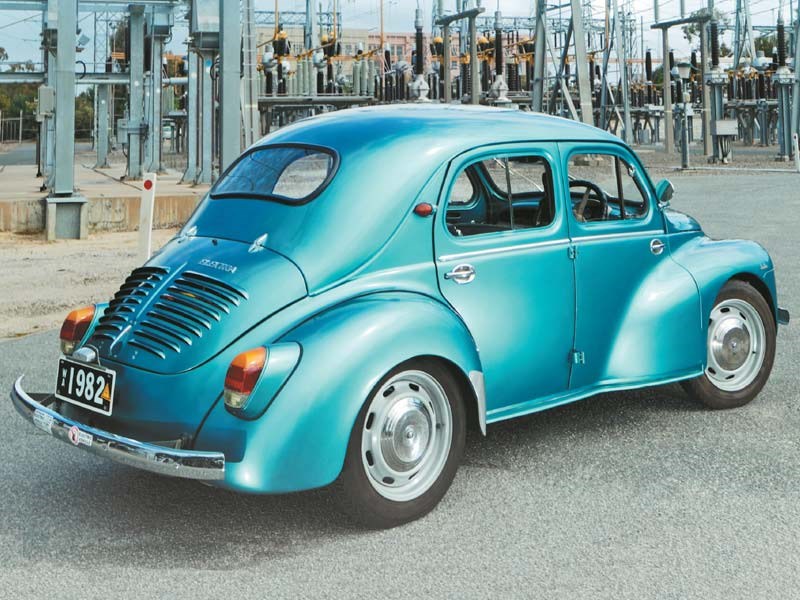 Renault 750 electric
Renault 750 electric

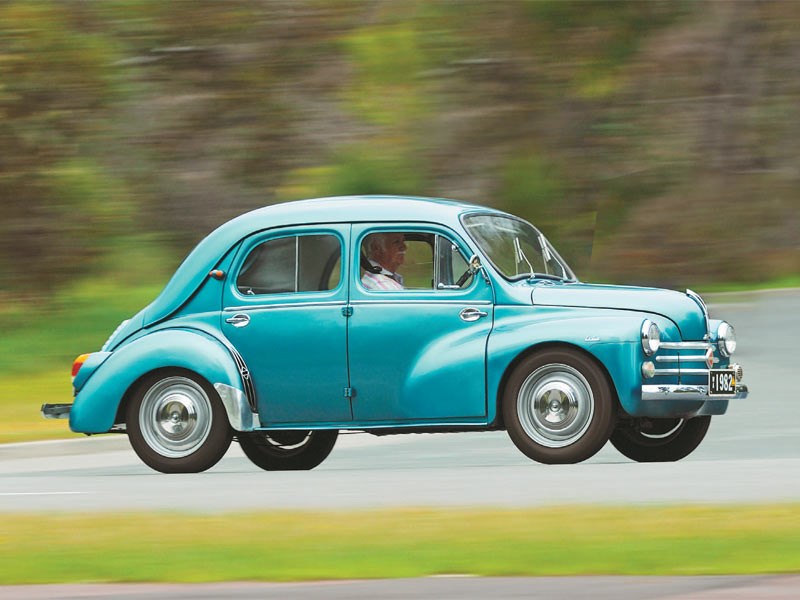 Renault 750 electric
Renault 750 electric

 Renault 750 electric
Renault 750 electric

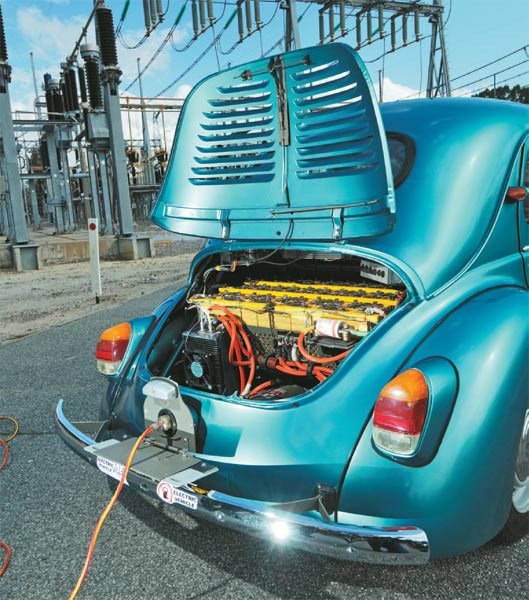 Renault 750 electric
Renault 750 electric

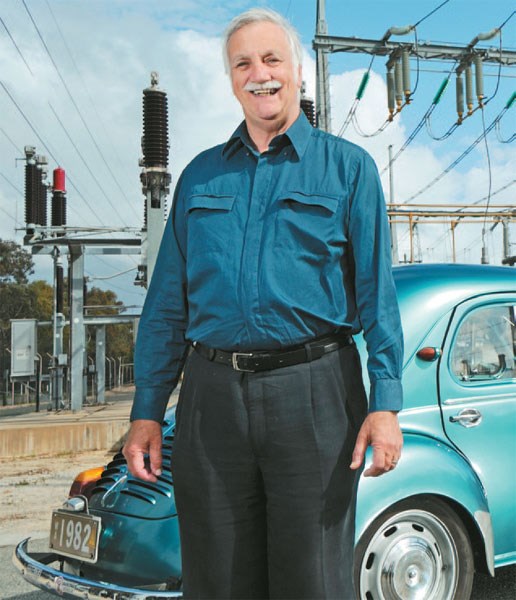 Renault 750 electric
Renault 750 electric


|
|
Renault 750 electric
|

|
|
Renault 750 electric
|

|
|
Renault 750 electric
|

|
|
Renault 750 electric
|

|
|
Renault 750 electric
|
Look out General Motors! A clever Perth car nut has converted a 50-year-old Renault into an electric car

|
|
Renault 750 electric
|
Renault 750 Electric
By 1960, Renaults were selling well enough in Australia for local assembly to be worthwhile. The 750 was assembled from kits alongside Dauphines in Somerton, Victoria.
Among the cars built there was a little 750 which, by the time it was a little over 10 years old, ended up in the hands of a university student, Leone, in Perth. Leone’s brothers were Renault enthusiasts so the 750 was an easy choice.
That was back in the early-1970s. "There was no power steering or disc brakes, but that’s what cars were like back then. My friends had cars like Morrises and the Renault was a bit different." Leone explains.
Not many years later, Leone met Englishman Dave Waplington, who she was to marry. Dave was quite a car enthusiast, whose interests were broad. Not long after the couple got together, Dave built an experimental electric car based on a Fiat 500. "It was a shocking little thing. Too slow – it used lead-acid batteries," he recalls. That was part of its downfall.
While Dave and Leone had other interesting cars over the years, the idea of building an electric car never left Dave’s imagination. Fast forward to a few years ago, and Dave and Leone had a strong reaction to the film Who Killed The Electric Car about General Motors’ EV1. While that car’s worthiness was debatable, on the way out from the movie, Leone suggested "Why don’t we turn the Renault into an electric car?" While the poor old 750 had sat unused since 1975, Dave was fired up enough to have another go.
He did a lot of research into how to build an effective electric car using modern technology. Getting the balance of weight, space and output right, and suited to a Renault 750, was critical. He bought a 13kW 7.0-inch series motor specifically made for use in cars.
He chose lithium-ion-phosphate batteries that have a much higher charge/ discharge life expectancy than normal car batteries and to avoid issues of heating and inefficiency that nickel-metal-hydride batteries have. The batteries cost about $10,000, but would cost $6000 today.
He kept the Renault gearbox, which many years back had been upgraded to a four-speed unit from a Dauphine Gordini. There’s no clutch now and the car can be driven without using first gear as there’s plenty of battery torque.
There are regulations to meet to be able to register an electric car and when Dave presented the 750, he says "the inspectors thought it was a travesty to convert a classic car." Engineers’ certificates were required for calculations for impacts, weight changes and carrying capacities.
Dave has covered more than 4000km in the car since it’s been finished. He gets a range of 100-150km on a charge. A full charge from 80 percent empty takes four hours. To date, Dave hasn’t noticed any deterioration of the batteries.
Dave is an enthusiastic member of the Australian Electric Vehicle Association, which has over 40 cars in Western Australia alone. "Among the interesting correspondence the group has received was an email from a lady in the Blind Society angry about these cars being silent," Dave tells. Unperturbed, he’s now working on an electric Maserati…
Unique Cars magazine Value Guides
Sell your car for free right here
Get your monthly fix of news, reviews and stories on the greatest cars and minds in the automotive world.
Subscribe

.jpg)


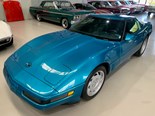
.png)

